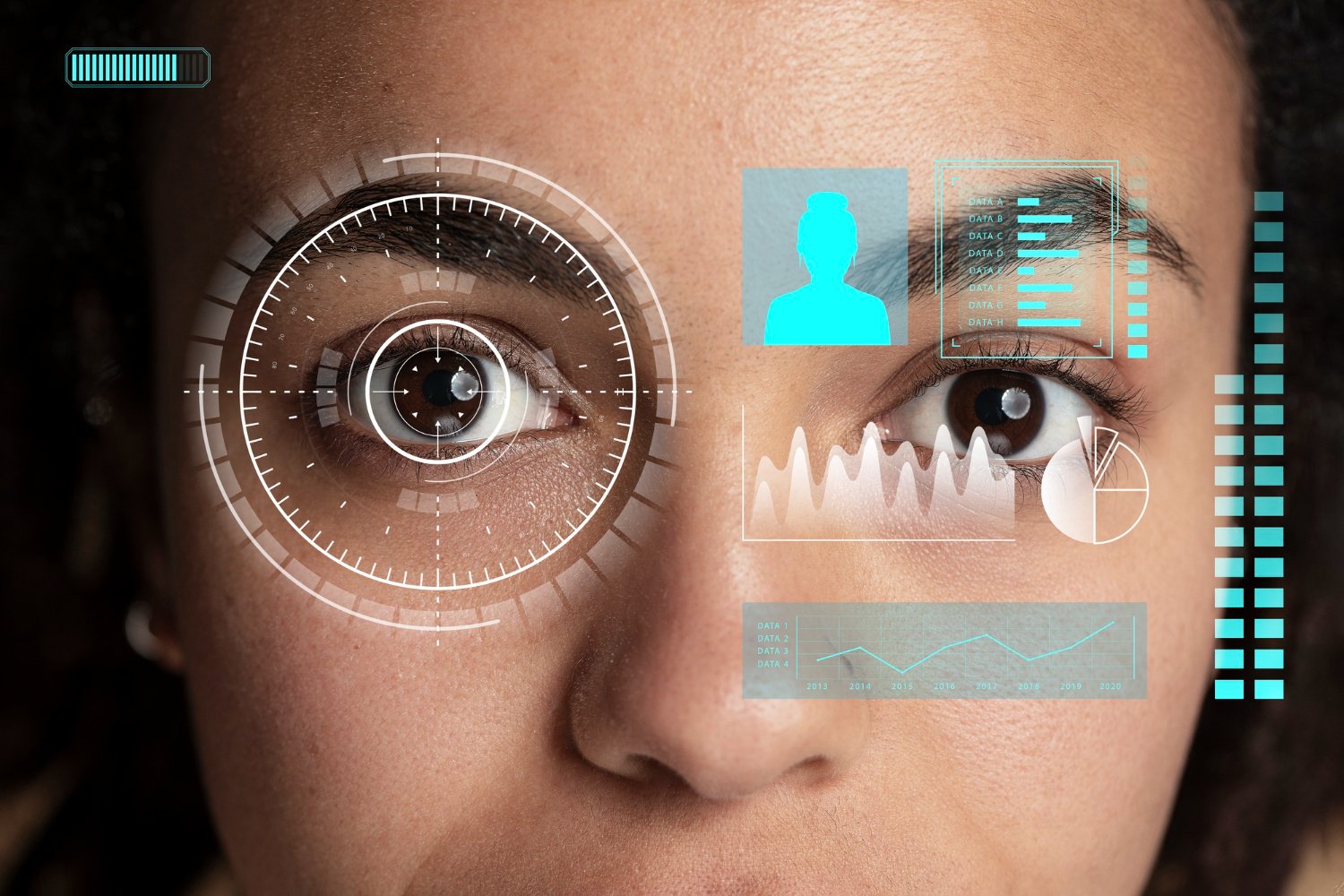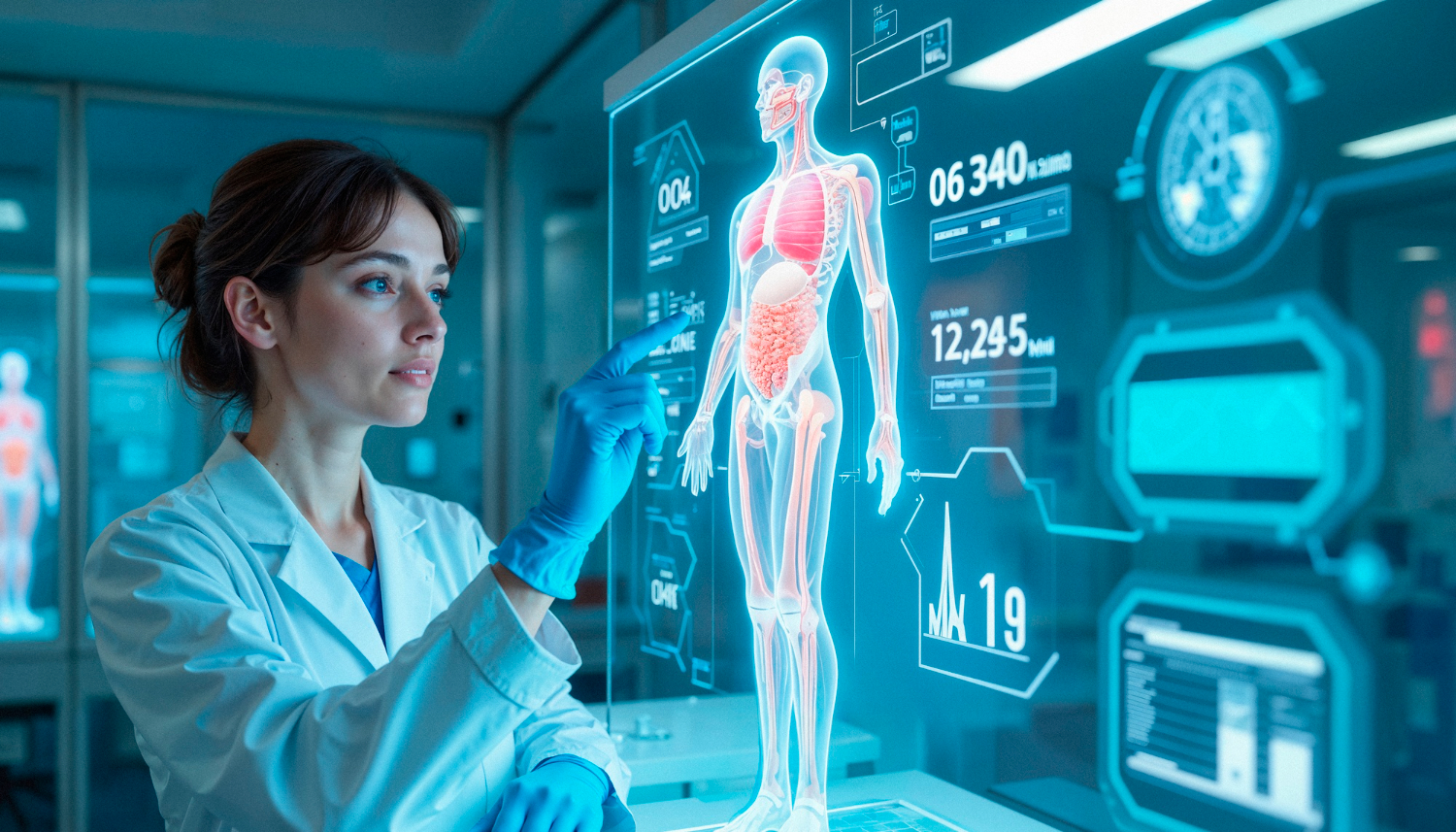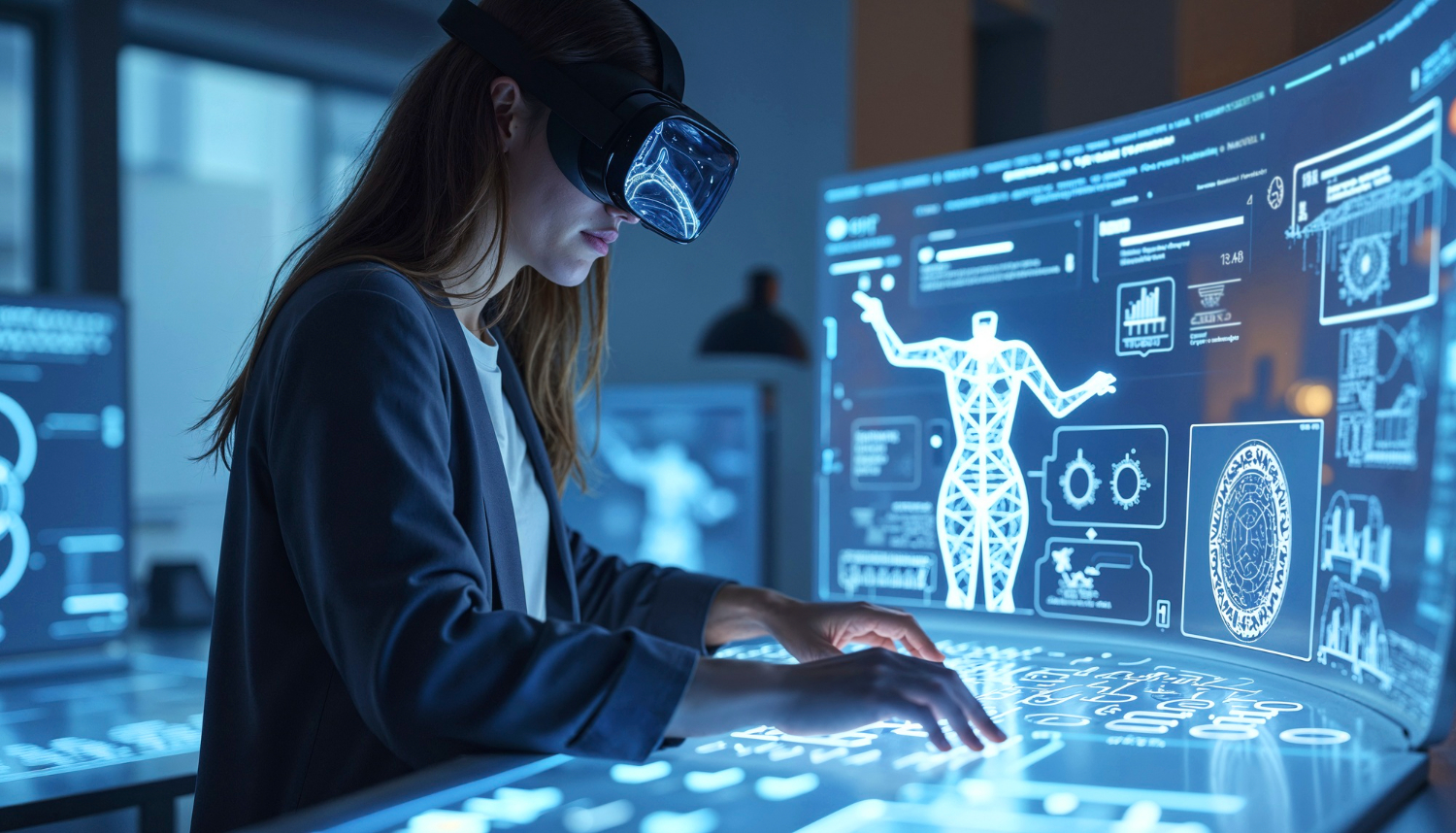Introduction
Safety and security matter in every sector, from homes and workplaces to healthcare and transport. As digital systems grow more complex, organisations need reliable ways to process and interpret visual information. Computer vision now provides these tools. It allows machines to interpret digital images and image or video streams with accuracy that was once limited to human vision.
By combining computer vision algorithms with machine learning, businesses and governments can monitor environments, detect risks, and make informed decisions in real time. From facial recognition in airports to quality control in an assembly line, computer vision technology supports a wide range of computer vision tasks.
How Computer Vision Works
Computer vision works by teaching machines to process digital images and extract useful details. Convolutional neural networks (CNNs) break visual information into small features like edges, shapes, or colours. Deep learning models then combine these features to recognise patterns or classify objects.
For example, a surveillance camera can use CNNs to track suspicious behaviour in a crowded place. A medical imaging system can highlight tumours in scans. In both cases, computer vision algorithms analyse huge amounts of visual data faster than humans can. This improves safety and strengthens security.
The success of computer vision systems depends on data. The more image or video inputs the system processes, the better the accuracy. Machine learning models improve performance continuously, which makes them effective in real-world environments.
Read more: Computer Vision in Smart Video Surveillance powered by AI
Object Detection for Safer Spaces
Object detection lies at the heart of computer vision technology. It allows systems to identify and track items in images or videos. In safety-critical settings, this function is vital.
Factories use object detection to check that workers wear helmets and protective gear. In airports, security teams rely on cameras that detect unattended bags. In driving cars and autonomous vehicles, onboard cameras detect pedestrians, traffic lights, and obstacles. By sending alerts in real time, object detection reduces accidents and protects lives.
Object detection also supports urban safety. Cameras in smart cities classify objects such as vehicles, bicycles, or people crossing roads. This improves traffic flow while lowering risks for pedestrians.
Facial Recognition and Identity Security
Facial recognition has become a common computer vision task. It matches human faces against stored databases to verify identity. Airports and border control stations already use this technology to speed up checks while maintaining strong security.
In workplaces, facial recognition systems replace access cards. Only authorised staff can enter sensitive areas. Banks use the same approach for secure transactions.
While the use of facial recognition raises questions about privacy, its role in safety cannot be ignored. Real-time identity checks reduce fraud, prevent theft, and keep critical areas secure.
Read more: AI-Powered Computer Vision Enhances Airport Safety
Optical Character Recognition in Security
Optical character recognition (OCR) converts text in digital images into editable formats. OCR supports many safety and security operations.
Transport hubs rely on OCR to read licence plates and monitor traffic. Security teams in offices use OCR to record visitor details from identity cards. In warehouses, OCR reads equipment tags to ensure accurate tracking of items.
When combined with object detection, OCR makes systems more powerful. For instance, police vehicles use cameras that both detect vehicles and read number plates automatically. This combination improves efficiency in law enforcement.
Read more: A Complete Guide to Object Detection in 2025
Deep Learning for Risk Detection
Deep learning models extend the capacity of computer vision systems to detect risks. These models learn from large amounts of data and apply the knowledge to new cases.
In healthcare, deep learning supports medical imaging by identifying tumours, fractures, or infections. In transport, deep learning models help autonomous vehicles detect and classify objects on roads. In industrial settings, cameras on an assembly line identify faulty products with high precision.
By reducing errors in decision-making, deep learning improves both safety and security. It allows machines to act on risks before they escalate.
Computer Vision in Autonomous Vehicles
Autonomous vehicles depend heavily on computer vision tasks. Cameras provide constant streams of image or video data. Convolutional neural networks process this data to recognise traffic signs, pedestrians, and other vehicles.
Object detection prevents collisions. Facial recognition can ensure that the driver remains attentive in semi-autonomous driving cars. Image segmentation, another computer vision algorithm, divides digital images into meaningful sections, helping vehicles understand the physical world around them.
These systems turn driving into a safer experience. They also highlight how computer vision technology reduces risks by analysing real-time visual information.
Read more: The Importance of Computer Vision in AI
Medical Imaging and Patient Safety
Healthcare professionals now use computer vision systems to support diagnosis and treatment. Medical imaging platforms process scans and highlight areas that require attention. For example, a deep learning model can detect small tumours that human eyes may miss.
Computer vision algorithms also classify objects in scans, such as bones, tissues, or blood vessels. This helps doctors make faster and more accurate decisions. In emergency care, real-time computer vision tasks speed up diagnosis, which improves patient outcomes.
Computer vision technology also supports safety in hospital environments. Cameras track patient movements and trigger alerts when falls occur. Object detection checks that staff wear proper protective equipment, reducing the spread of infection.
Assembly Line Quality Control
Factories depend on quality control to maintain safety and security. Computer vision systems play an essential role in this process.
On an assembly line, cameras monitor products at every stage. Deep learning models detect defects such as cracks, missing parts, or misalignments. Convolutional neural networks analyse thousands of digital images quickly, removing defective products before they reach customers.
This not only ensures consumer safety but also protects brands. Faulty items that leave the factory can damage trust. Computer vision prevents these risks through automated inspection.
Read more: Fundamentals of Computer Vision: A Beginner’s Guide
Security in Public Spaces
Public spaces such as stadiums, shopping centres, and transport hubs need strong safety measures. Computer vision provides solutions that scale with large crowds.
Object detection identifies suspicious objects or behaviours. Facial recognition tracks known threats. OCR systems record vehicle movements around restricted zones. By combining these functions, authorities maintain order without placing human staff everywhere.
Real-time monitoring allows quick response to emergencies. Computer vision systems notify security teams the moment they detect risks. This improves coordination and lowers the chance of harm.
Machine Learning in Safety Applications
Machine learning drives much of computer vision technology. By training algorithms with large image or video sets, computer vision systems adapt to varied conditions.
For example, cameras in dark or rainy environments need to interpret unclear visual information. Machine learning models learn from many examples and adjust accuracy in these settings. This adaptability makes computer vision tasks effective in real world applications.
Over time, machine learning improves performance further. The system becomes more accurate with every new piece of data it processes. This continuous improvement is vital for both safety and security.
Read more: Real-World Applications of Computer Vision
Computer Vision for Workplace Safety
Workplace accidents often result from missed safety checks. Computer vision systems reduce these risks. Cameras verify protective gear, monitor equipment, and ensure proper use of machinery.
On construction sites, object detection identifies hazards like open pits or moving vehicles. In warehouses, OCR tracks labels to prevent errors in storage or shipping. Computer vision algorithms also classify objects to support inventory management.
By reducing manual checks, these systems save time while improving worker safety. They allow staff to focus on tasks that require human judgement.
Integration with Emergency Response Systems
Emergency response relies on speed, accuracy, and coordination. Computer vision strengthens these factors by processing visual information without delay. Cameras in public spaces detect accidents, fires, or unusual movements. Object detection and object tracking classify risks and report them to control rooms instantly.
Deep learning models trained on large sets of digital images improve recognition of complex events. For example, sudden crowd surges at stadiums trigger alerts, enabling teams to redirect flows. In traffic incidents, convolutional neural networks interpret image or video feeds to assess vehicle positions and hazards. This information reaches responders in real time, helping them act with precision.
By linking computer vision systems with existing emergency protocols, cities and organisations reduce time lost to manual checks. This integration improves both safety and security by allowing responders to make better decisions under pressure.
Enhancing Cyber-Physical Security
Physical security often interacts with digital systems. Computer vision creates a bridge between these two areas. Cameras that monitor entry points also connect with access management software. Facial recognition matches authorised personnel, while OCR reads credentials and links them to secure databases.
Machine learning models adapt to variations in human appearance, such as changes in clothing or lighting. This adaptability ensures that systems maintain accuracy even under challenging conditions. By combining these tools, computer vision technology protects assets where traditional systems might fail.
Cyber-physical integration also supports industrial environments. Assembly line facilities use computer vision tasks to classify objects and monitor workflows. At the same time, security platforms confirm that only trained staff operate machinery. Together, these layers reinforce operational stability.
Training and Human Oversight
Even with advanced computer vision algorithms, human oversight remains important. Systems perform tasks quickly, but supervision ensures fairness and reduces errors. Training staff to interpret computer vision outputs strengthens confidence in results.
In healthcare, doctors use medical imaging systems to support diagnosis, not replace their judgement. In transport, engineers verify signals from driving cars before deploying updates. These examples show how human intelligence and computer vision complement each other.
By balancing automation with human review, organisations avoid over-reliance on machines. This balanced approach maintains trust in computer vision technology while maximising its benefits for safety and security.
Read more: Object Detection in Computer Vision: Key Uses and Insights
Future of Computer Vision in Security
Computer vision technology will continue to shape safety and security across industries. As deep learning models and convolutional neural networks grow more advanced, accuracy will rise. Systems will detect smaller risks and process larger volumes of digital images.
Integration with other technologies will also expand. For instance, linking computer vision with Internet of Things devices will allow even richer streams of visual information. Security teams will gain real-time insights across entire networks.
At the same time, ethical questions will grow. Facial recognition and surveillance raise concerns about privacy. Organisations must balance safety with individual rights. Transparent policies and human oversight will remain vital.
How TechnoLynx Can Help
TechnoLynx develops computer vision systems designed for safety and security in complex environments. Our solutions combine convolutional neural networks, deep learning models, and machine learning to process digital images and video with precision.
We help companies apply computer vision technology to assembly line monitoring, medical imaging, autonomous vehicles, and public safety systems. Our solutions support object detection, OCR, and facial recognition with real-time performance.
By working with TechnoLynx, organisations gain access to proven computer vision algorithms tailored to their needs. Our focus on practical deployment ensures that safety and security goals are met while maintaining trust with users. Contact us now to learn more!
Image credits: Freepik













